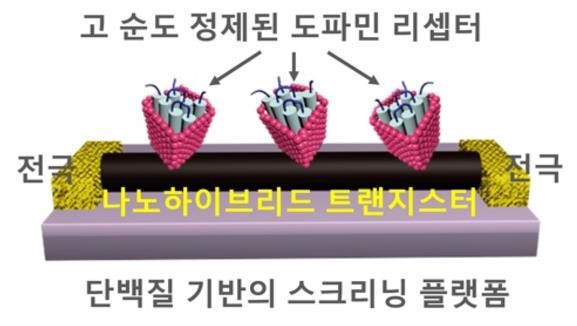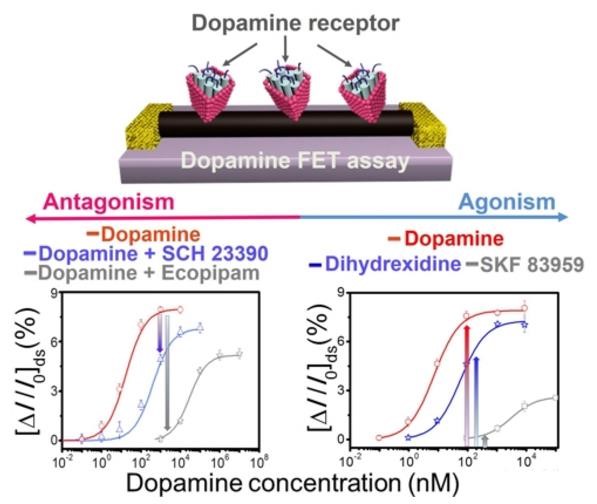- About
- Academics
-
Undergraduate Programs
- Civil and Environmental Engineering
- Architecture and Architectural Engineering
- Mechanical Engineering
- Industrial Engineering
- Energy Resources Engineering
- Nuclear Engineering
- Materials Science and Engineering
- Electrical and Computer Engineering
- Naval Architecture and Ocean Engineering
- Computer Science and Engineering
- Aerospace Engineering
- Chemical and Biological Engineering
-
Graduate Programs
- Civil and Environmental Engineering
- Architecture and Architectural Engineering
- Mechanical Engineering
- Industrial Engineering
- Energy Systems Engineering
- Materials Science and Engineering
- Electrical and Computer Engineering
- Naval Architecture and Ocean Engineering
- Computer Science and Engineering
- Chemical and Biological Engineering
- Aerospace Engineering
- Interdisciplinary Program in Technology, Management, Economics and Policy
- Interdisciplinary Program in Urban Design
- Interdisciplinary Program in Bioengineering
- Interdisciplinary Program in Artificial Intelligence
- Interdisciplinary Program in Intelligent Space and Aerospace Systems
- Chemical Convergence for Energy and Environment Major
- Multiscale Mechanics Design Major
- Hybrid Materials Major
- Double Major Program
- Open Programs
-
Undergraduate Programs
- Research
- Campus Life
- Communication
- Prospective Students
- International Office
Paradigm of new drug screening changes SNU professors Jang Jyong-Sik and Park Tai-Hyun has developed a protein-based analysis technique
-
Uploaded by
관리자
-
Upload Date
2017.10.19
-
Views
689
Paradigm of new drug screening changes
SNU professors Jang Jyong-Sik and Park Tai-Hyun has developed a protein-based analysis technique
▲ (from the left) SNU Department of Chemical & Biological Engineering Professors Jang Jyong-Sik, Park Tai-Hyun
A domestic research team has developed a technology that increases the accuracy of new drug screening.
SNU College of Engineering (Dean Lee Kun-woo) announced that the joint research team of SNU Department of Chemical & Biological Engineering professors Jang Jyong-Sik, Park Tai-Hyun and Senior researcher Kwon Oh-Seok of KRIBB (Korea Research Institute of Bioscience and Biotechnology) succeeded in developing bio-electronic sensors based on conductive nanotube with protein (dopamine receptors) combined.
Dopamine receptor is a protein that is associated with neurotransmission of human central nervous system. In an E. coli system, the research team has successfully mass-produced dopamine receptors that is known to have a complicated structure and a low possibility of heterocellular expression.
Then through separation and purification, they obtained high-purity protein.

▲ mimetic diagram of high-purity dopamine receptor combination nano-hybrid transistor
Using high-purity protein in new drug screening results in a higher accuracy than using the current cellular-based technique, because it shows stronger selective response to agonists and antagonists.
The research team supplemented the limitation of the current carbon-nanotube, which is the adhesion to dopamine, by coating a few nanometers thick conductive polymer on the tube’s surface in the form of thin-film.
Protein-based structure built in this manner can be used efficiently in new drug screening because it is not only highly reactive the dopamine structures, but also enables the observation of quantitative responses.

▲ Response analysis diagram of dopamine receptor combined nano-hybrid transistor to agonists and antagonists
It is also expected to be used in other various fields such as drug detection and recognition of indicator substances of specific diseases.
The team stated that “we are the first in the world to prove that the current cellular-based screening technique can be replaced by protein-based screening technique.” and that “this could reduce time and cost in new drug development, strengthening the competitiveness of domestic drug industry.”
The research received global attention, and was introduced in ACS Nano online version on 8th, a nano-science journal.
This research was supported by the Brain Research Program through the National Research Foundation of Korea (NRF) funded by the Ministry of Science, ICT & Future Planning, and Health and Medical Service Technology Research Project of Ministry of Health and Welfare.